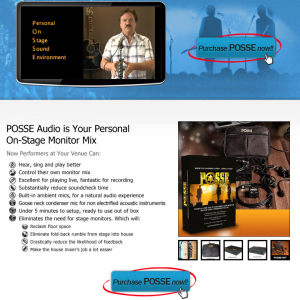Mixing Consoles Are Everywhere
Mixing consoles are everywhere. They’re in the booth where the radio program you listen to is broadcast from. They’re in the mobile for the concert you’re watching tonight. They’re in the recording studio where your favorite album was recorded. Fact of the matter is that these consoles are what made all those things and more sound the way they do, so you can hear them properly and appreciate them accordingly.
Types
Today, we have two main types of mixing consoles: the analog type and the digital variant. The two types accomplish the same things but through different means. The analog type uses analog signals to control the audio stream, while the other type, introduced back in the 90s, accomplishes things through the digital manipulations of a computer. As technology advanced, more and more digital consoles have popped up, each offering a bevy of functions and features that leave the past models in the dust.
Analog versus Digital
If digital consoles are already so good, why are there still many who use analog mixing consoles? The answer is that, like many other arguments of this type, both types have their own set of advantages and disadvantages.
The first main disadvantage of the digital consoles is their latency; they’ve got a certain amount of propagation delay—the time it takes from a signal to reach its intended recipient—that varies from model to model. The usual range of delay is as high as 10 milliseconds to as low as 1.5 milliseconds. This poses trouble for performers that use in ear monitors, since there’s a slight delay between when they hear their voice or instrument in their heads and when the amplified sound from the console finally reaches their monitors and their ears.
Analog consoles are generally considered to be the easier to use among the two, although digital mixing consoles are constantly being improved in terms of user-friendliness. In addition, the digital variants are able to save presets for certain settings, so the operator only has to load those up and tweak them for similar situations. Other points for differentiation include costs, sound quality, and the ability to be used in conjunction with sound mixing software.
Regardless of the type of audio mixing console, all mixing consoles exist to accomplish the same goal: a controlled sound that will make the listeners and the performers hear properly. Operators should familiarize themselves with these devices to get the most out of the sound they can provide.

